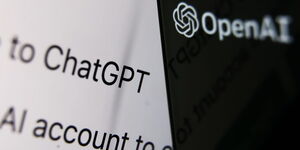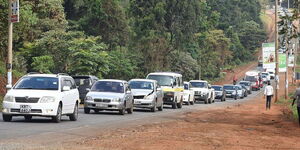The Kenyan National Identity Card has been ranked the most vulnerable and targeted by fraudsters in Africa with a fraud rate of 25 per cent.
Identity Fraud Report by Smile ID attributed the rating to the reckless disposal of old IDs which land in the wrong hands.
Additionally, an increase in population means an increase in IDs which raises the rate at which they are stolen, duplicated or lost. It also increases the chances of the holder falling victim to fraud attempts.
"Overall fraud rates in Kenya remain stubbornly high. There are several contributing factors, one of which is the continued prevalence of old National ID cards which are constructed of black and white paper images, laminated in plastic," reads part of the report.
The introduction of Huduma Namba and Maisha Namba under successive regimes also played a limited role in reducing the rate of fraud. Both programs have faced stiff opposition in courts as sections of Kenya protested unapproved data collection.
Among other documents forged in Kenya were passports, voter IDs, driver's licenses, and refugee IDs.
Kenya, however, announced more measures to reduce the fraud rate and enhance the existing ID systems.
Recently, the government introduced expiry dates to newly issued IDs, to be renewed every 10 years. The new documents will have microchips similar to those issued abroad.
Meanwhile, other countries in the report said to have experienced an increase in identity fraud included South Africa, Tanzania, Uganda, Congo, Ghana, Malawi, Ghana, Nigeria, Cameroon and Botswana.
In 2023, East and Central Africa led the continent in average fraud rates with peaks of 30 per cent and 29 per cent respectively.
Smile ID added that Africa may continue to experience a spike in fraud, especially biometric fraud including no face match, spoofing, duplication and generative AI.
"Biometric fraud is usually more complex than document fraud and difficult to catch without advanced prevention tools. It involves the unauthorised and fraudulent use of biometric data such as fingerprints, facial features, iris patterns, or voice for identity verification," read part of the report.












